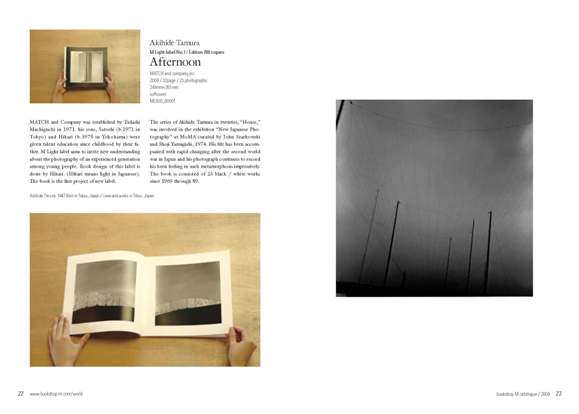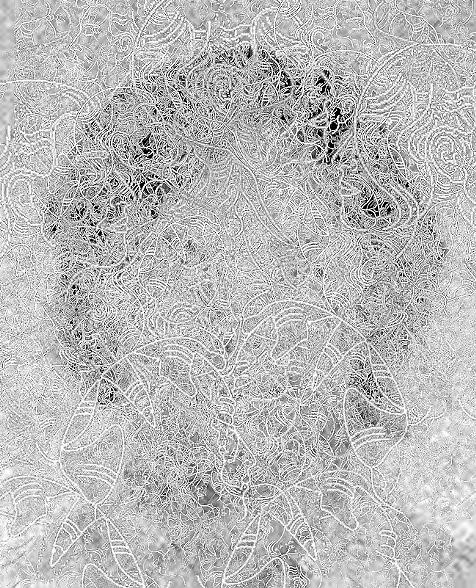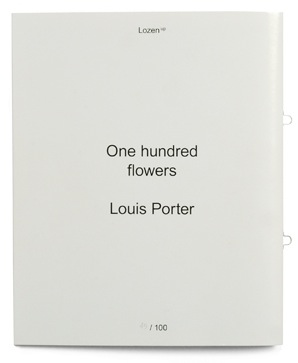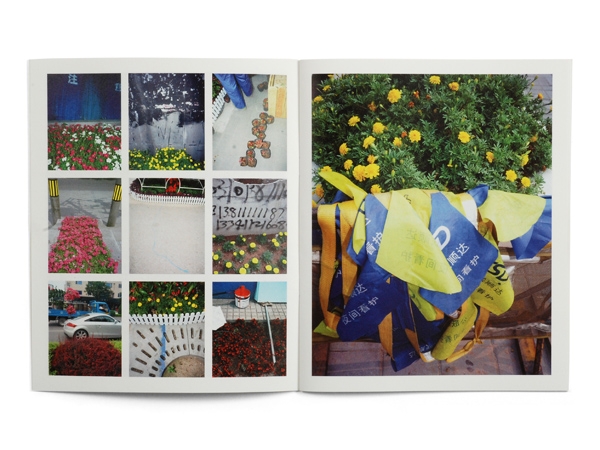 Paris Photo 2009 has just drawn to a close and already the reports are flowing in thick and fast. There is much less of a consensus than for NYPH, which was generally perceived to have been a bit disappointing (see my previous round-up post on this). I am just happy to have survived it all at this stage and have yet to form many coherent thoughts, but here are my "impressions à chaud."
Paris Photo 2009 has just drawn to a close and already the reports are flowing in thick and fast. There is much less of a consensus than for NYPH, which was generally perceived to have been a bit disappointing (see my previous round-up post on this). I am just happy to have survived it all at this stage and have yet to form many coherent thoughts, but here are my "impressions à chaud."
Judging from all the opinions that I have heard over the past few days, Paris Photo manages to be different things to different people. Pretty much everyone I spoke to had a different set of highlights and there have been many totally divergent assessments of whether this was a good year or not. The only common position I have seen emerging is that Maurizio Anzeri is great and I am certainly not about to disagree. I will be highlighting a few of my picks or discoveries from the fair in the next few days, but at first I wanted to give a few general impressions.
Overall this year's fair felt less contemporary than previous years, with more vintage work on show particularly from the postwar years. Aside from the Arab and Iranian material which was on show given this year's theme: there were strong representations of Japanese, Korean and South African work, both from domestic and international galleries. China was a notable absentee (only one Chinese gallery was present, 798 Gallery from Beijing), especially compared to the giddy heights of a few years ago.
I think that Paris Photo's idea to have a guest country every year is a real asset (I would say this though as I am involved in trying to improve exchanges between Japan and the West in the field of photography). People often seem disappointed by the selection of work from the guest country or region, and some guests are undoubtedly stronger than others, but even if they just happen to see one new artist that they hadn't before, I think it is worth it. The art market is often inclined not to take risks these days and Paris Photo's guest country system helps to force a certain amount of new lesser known material in each year. One positive trend that I noticed is that a couple of Japanese galleries (G/P and Base) that were first-timers at Paris Photo last year have now stayed on. This cannot happen every year of course as space is at a premium but it is good to see that some doors are staying open.
The sheer quantity of work on show and its increasingly global scope make it very difficult to be completely disappointed: no matter what your specific area of interest might be, you will always find something to get excited about. I think treating Paris Photo like an exhibition is a mistake: too much work, too many people, not enough space, no natural air or light, and the world's longest queue for the world's most expensive coffee are some pretty big obstacles to a great viewing-only experience.
A major part of what make's Paris Photo's success is the people: it has become the major destination in Europe (and even globally) for photographers, directors, curators, booksellers, publishers, magazines, journos, and bloggers and it is by running into all these people that the fair becomes really interesting. I have come to think of Paris Photo as a place to make discoveries and great contacts. This was the first year that I have attended as a blogger and thanks to Laurence Vecten of LOZ we had a discussion with a bunch of other European photo-bloggers which lasted two hours but could quite happily have gone on for a couple more days. This is the kind of event that makes Paris Photo such a unique opportunity.
My one (slightly old-mannish) whinge is that the fair really is getting incredibly crowded. I'd be curious to know how much more attendance there was this year compared to 2008. I heard some dealers complaining that the crowds are making it difficult to show work to collectors as there are always dozens of people looking over their shoulder to see what is going on... not a very conducive environment for making a sale. As they are the ones that make the economics of the fair work, this could be a big deal, but the idea of giving a 1.5 hour slot to professionals and collectors in the morning is a good innovation and I don't think it makes life that much more difficult for the general public. In terms of sales I am not in a position to gauge how things went overall, but my impression is that the feeling of panic that gripped everyone in 2008 has been replaced by cautious optimism. Let's hope that keeps on going.
Further reading: for another round-up of the fair and links to even more, check out Nick's excellent On Shadow blog.



 One of the nice discoveries I made during Paris Photo was a fellow blogger's foray into publications. Laurence Vecten who blogs at
One of the nice discoveries I made during Paris Photo was a fellow blogger's foray into publications. Laurence Vecten who blogs at  The book is printed digitally (and well) in a limited edition of 100 and its design suits the subject and isn't afraid of packing several images to the one page. As Hester Keijser from Mrs Deane
The book is printed digitally (and well) in a limited edition of 100 and its design suits the subject and isn't afraid of packing several images to the one page. As Hester Keijser from Mrs Deane 